Mississippi is known for its creative arts heritage, preservation of historical places, and natural wonders. Bordered on the west by the mighty Mississippi River, visitors to the state are treated to freshly caught shrimp and fish. There are many bodies of water in the state, rivers, lakes, and natural springs. Discover three natural springs in Mississippi and where they are located.
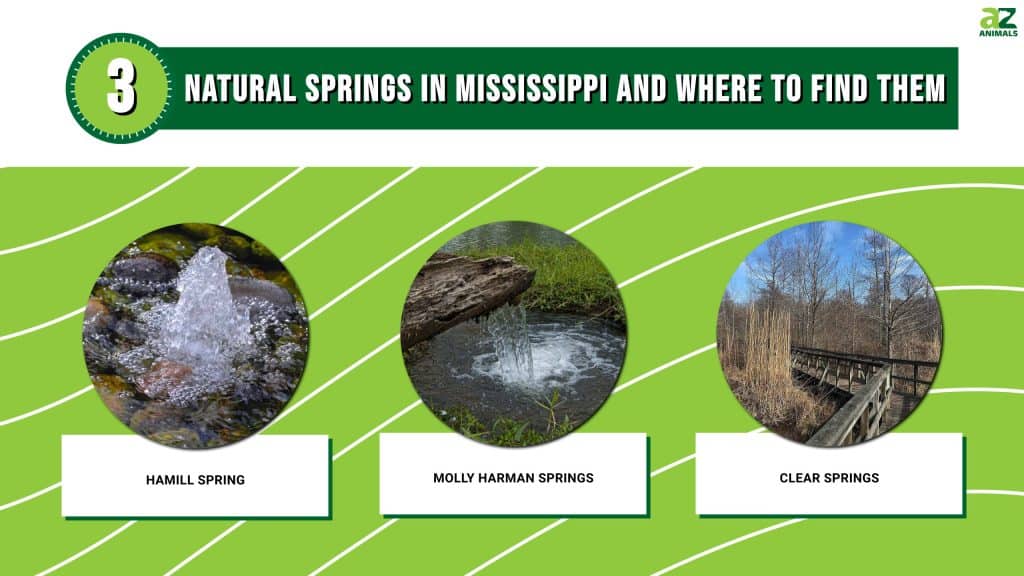
Natural Springs in Mississippi
Out of the 49 springs in the state, three stand out: Hamill Spring, Molly Harman Springs, and Clear Springs.
1. Hamill Spring
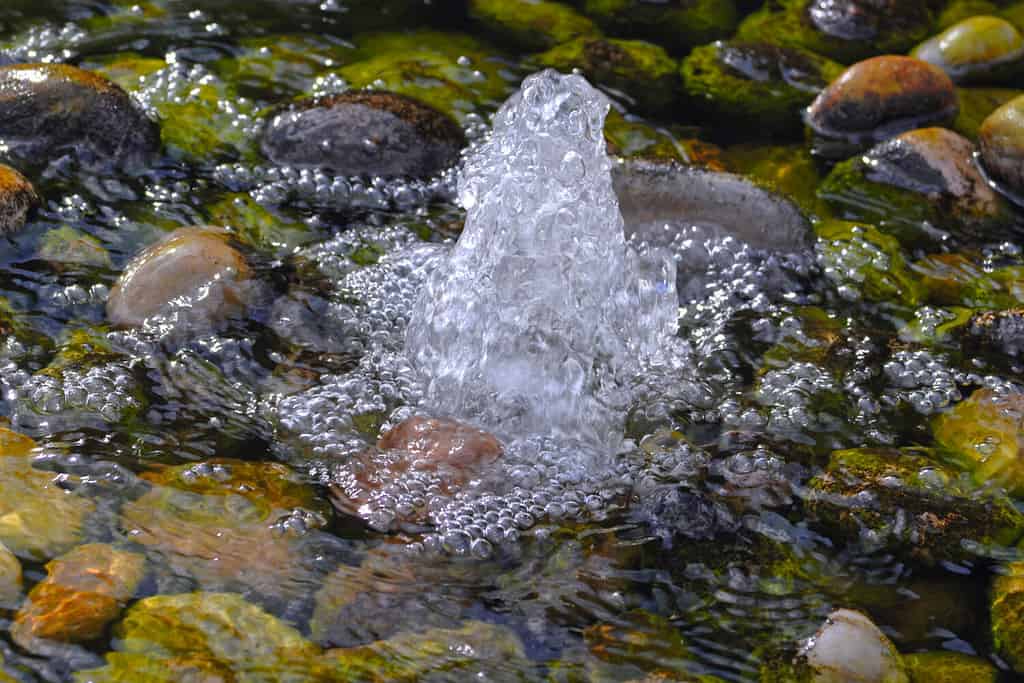
Hamill Spring was named after Robert Hamill, an early settler of the region.
©severija/Shutterstock.com
Hamill Spring is one of the most well-known natural springs in Mississippi. It was named after Robert Hamill, an early settler of the region. During a serious drought in the 1800s, the spring provided water to many settlers in desperate need. Furthermore, the spring provides water to a nearby sawmill, which helps the boilers function. The spring’s water is chemical-free, with no contaminants, making it safe to drink.
Hamill Spring is located in Sturgis, Wisconsin County, and has some of the cleanest natural water in the state. This is what attracts the several species of butterflies found around the spring. The water quality of Hamill Spring is tested monthly by the forest authorities of Tombigbee National Forest. Visitors can fill their bottles through a PVC pipe that supplies the natural spring water. This water can replenish your spirits on a warm summer’s day.
2. Molly Harman Springs
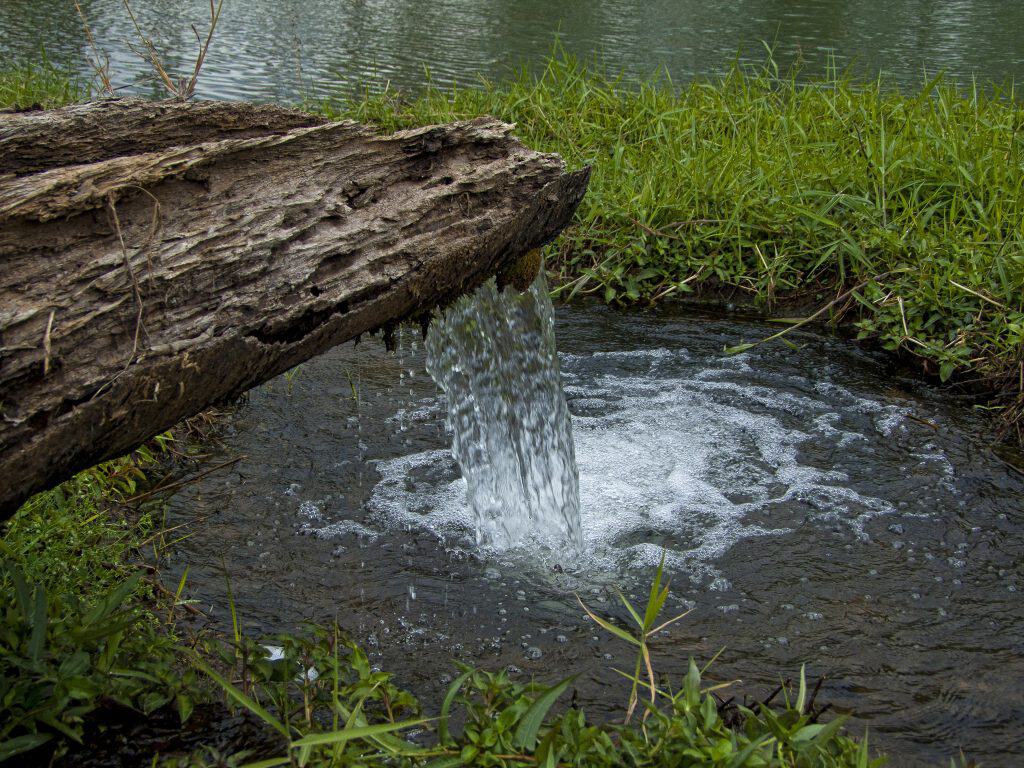
Molly Harman Springs is a popular destination for folks wanting to experience a natural spring.
One of the most popular natural springs in Mississippi is Molly Harman Springs, located on Harmon Springs Road in Tremont. It is a destination people visit if they want to experience natural springs in the state. However, it is also popular because of the beautiful scenery and Jim’s Creek and receives thousands of visitors annually. Many locals visit the springs weekly to fill up jugs of drinking water. They swear that lemonade, sweet tea, and coffee have never tasted better. Molly Harman Spring has been around for more than 100 years and has served the surrounding community well ever since. And the best part is, it’s completely free.
3. Clear Springs

Clear Springs, Mississippi has mountain bike and hiking trails.
©Fredlyfish4, CC BY-SA 4.0 <https://creativecommons.org/licenses/by-sa/4.0> – Original / License
Just 35 miles west of Brookhaven lies the 12-acre spring-fed lake of Clear Springs. It is nestled among pine-covered hills and offers various recreational activities. For example, families can enjoy swimming, camping, fishing, and picnicking at the lake. Furthermore, there are four hiking and mountain bike trails. But, be extremely careful when visiting the area as it has a steep terrain. Luckily, the roads are paved, providing easy access to routes connecting the pavilion, parking area, amphitheater, and restrooms. However, access to the beach or fishing areas is not as accessible. While boat trailers are prohibited, the lake does offer accessible parking spaces and campsites.
Wildlife Around Natural Springs in Mississippi
Many species in Mississippi benefit from natural springs, including:
White-Tailed Deer
The white-tailed deer is the most popular game species in the state. There is an approximate population of 30 million white-tailed deer in the U.S. But Mississippi has a population of 1.75 million, making it the second state with the highest population of white-tailed deer, behind Texas.
While there are no subspecies of white-tailed deer in the state, the timing of their breeding varies significantly throughout Mississippi due to soil fertility. Researchers found that larger deer, with the biggest antlers, live on the most fertile soil. For example, deers weighing 199 pounds on average live on rich soils in the Mississippi Delta, while mature bucks weighing an average of 147 pounds inhabited areas with poorer soils on the Coastal Flatwoods. Furthermore, the deer living in the Mississippi River batture lands had antlers measuring 20.9 inches on average, while mature males on the Coastal Flatwoods had antlers measuring 15.8 inches.
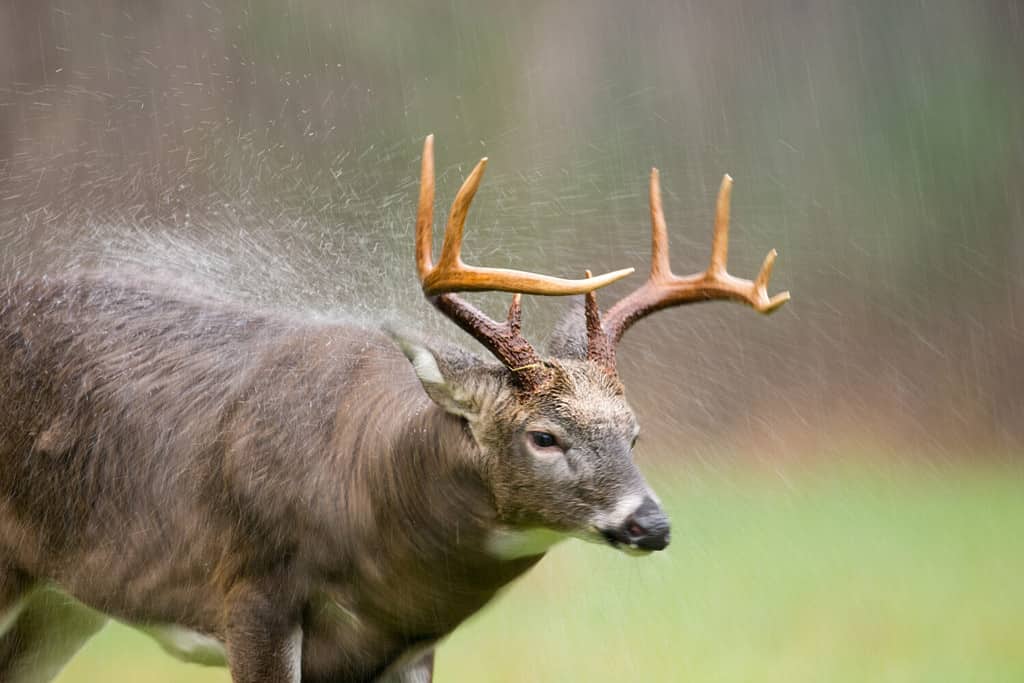
The white-tailed deer is the most popular game species in the state. There is an approximate population of 30 million white-tailed deer in the U.S.
©Tony Campbell/Shutterstock.com
Black Bear
There are two subspecies in Mississippi, the American and Louisiana black bear. The American black bear occurs in the state’s northern regions, while the Louisiana black bear inhabits the south. Additionally, both subspecies are listed as Endangered under Mississippi law. These bears only vary in genetic makeup and morphology, but to the naked eye, they are practically indistinguishable.
Several years ago, there were less than 50 black bears inhabiting Mississippi. However, since then, their numbers have increased significantly. In fact, they have almost tripled. This is due to the recent appearance of females, leading to multiple births over the last few years. Today, there are three breeding sub-populations in the state. Furthermore, sightings have become more frequent throughout Mississippi, likely due to bears dispersing populations from neighboring states.

There are two subspecies in Mississippi, the American and Louisiana black bear. The American black bear occurs in the state’s northern regions, while the Louisiana black bear inhabits the south.
©Mark Caunt/Shutterstock.com
American Alligator
The American alligator inhabits and thrives throughout every county in Mississippi. The state boasts one of the most successful alligator comebacks in the United States’ environmental history. After these alligators had been on the endangered list of species for 20 years, a joint relocation effort from Louisiana to Mississippi was carried out, creating a stable breeding population in the state.
Furthermore, the state has strict rules on trapping and hunting. Feeding them is illegal as alligators become nuisances, meaning they must be relocated or euthanized. However, wildlife officials have thoroughly educated residents about feeding alligators and the harm they can cause.
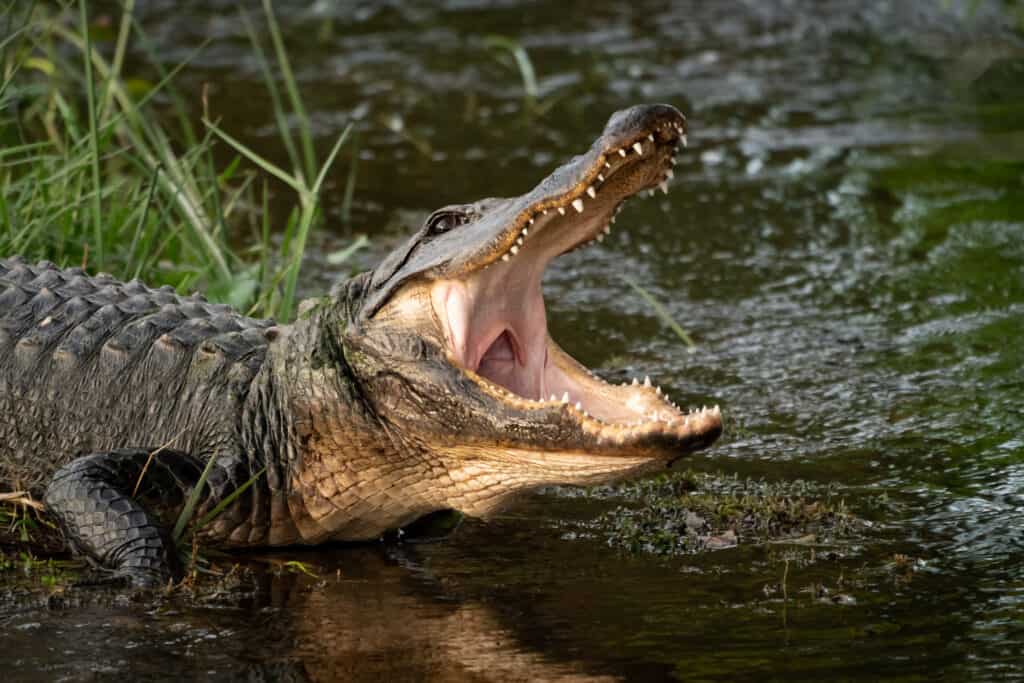
The American alligator inhabits and thrives throughout every county in Mississippi. The state boasts one of the most successful alligator comebacks in the United States environmental history.
©Deborah Ferrin/Shutterstock.com
Eastern Diamondback Rattlesnake
The heaviest and longest rattlesnake in Mississippi is the Eastern diamondback rattlesnake, as some adults reach up to eight feet long! These snakes prefer to inhabit dry areas, like palmetto flatwoods, pine forests, scrublands, and mixed woodlands. However, they can also occur in wet prairies, savannahs, and around the borders of wetlands. The best time to spot Eastern diamondbacks is during dawn or dusk when they are most active.
These fierce snakes can strike as far as two-thirds of their body length. For example, a six-foot snake can strike four feet away. When they strike, they inject venom into their prey, which includes rabbits, squirrels, and mice. Once they have struck their prey, they release it and wait for it to die before consuming it whole. Juvenile diamondbacks don’t have rattles. They have to grow their rattles as they mature. As a result, each time they shed their skin, they produce a new section. However, sections often break off.

The heaviest and longest
rattlesnake
in Mississippi is the Eastern diamondback rattlesnake, as some adults reach up to eight feet long!
©Chase D’animulls/Shutterstock.com
Bald Eagle
The bald eagle occurs in Mississippi throughout the year, but their numbers increase during the colder months from October to January. These birds of prey were recorded in 2% of checklists during the summer and 10% of checklists throughout the winter. While these eagles primarily breed in Canada and then migrate to the U.S. during the colder months, some remain in the United States throughout the year, especially in the coastal areas. They prefer to inhabit wetland environments during the breeding season. So, sightings often occur near open and large bodies of water with plenty of food sources. However, when they are roosting, nesting, or perching, they require tall, mature trees for visibility and an open structure to search for food on the forest floor.
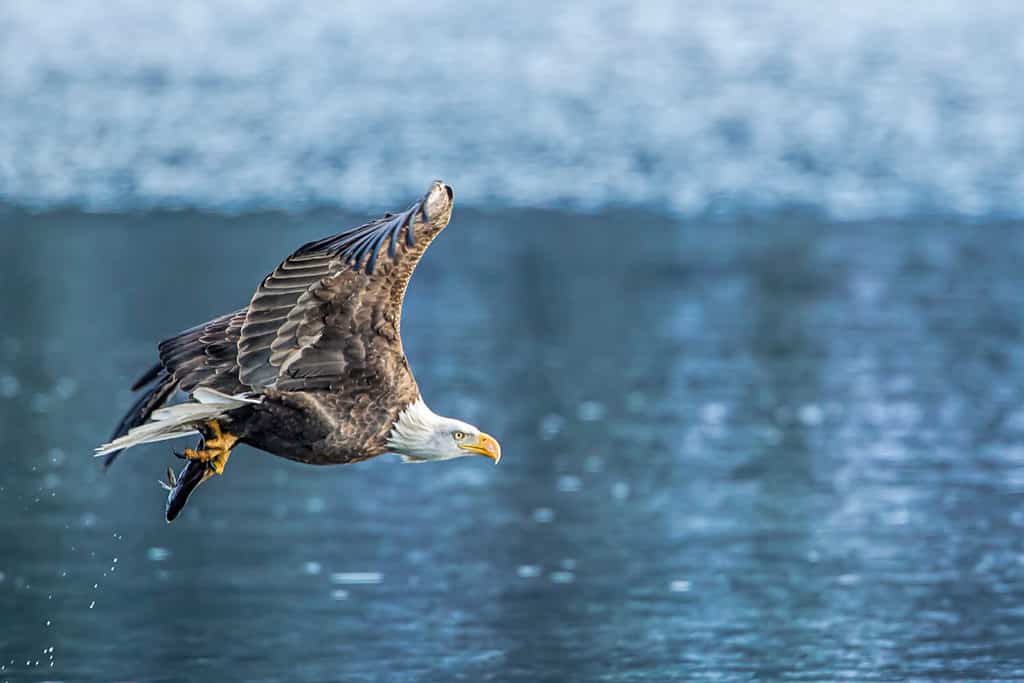
The bald eagle occurs in Mississippi throughout the year, but their numbers increase during the colder months from October to January.
©Gregory Johnston/Shutterstock.com
Summary of 3 Natural Springs in Mississippi and Location
| Natural Spring | Location | |
|---|---|---|
| 1 | Hamill Spring | Sturgis, Wisconsin County |
| 2 | Molly Harmon Springs | Harmon Springs Road in Tremont |
| 3 | Clear Springs | 35 miles west of Brookhaven |
The photo featured at the top of this post is © severija/Shutterstock.com
Thank you for reading! Have some feedback for us? Contact the AZ Animals editorial team.







